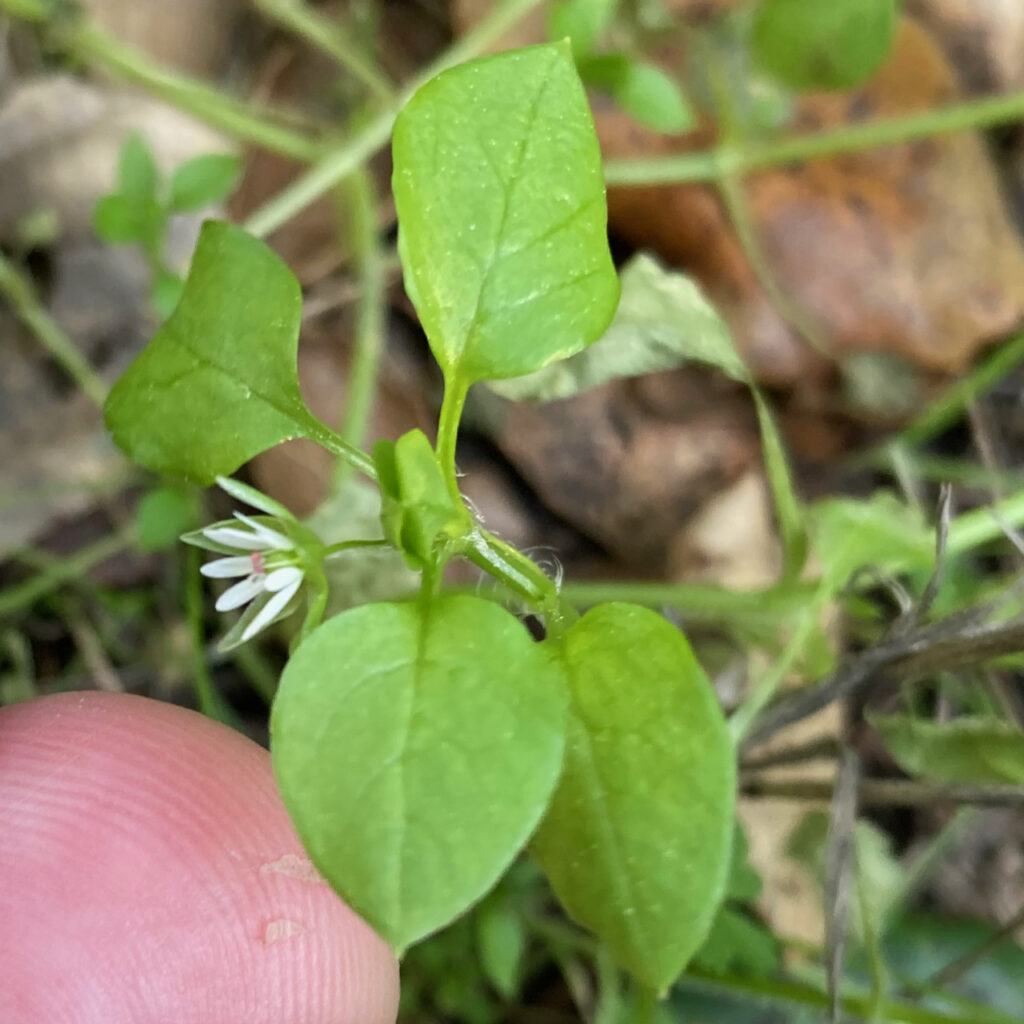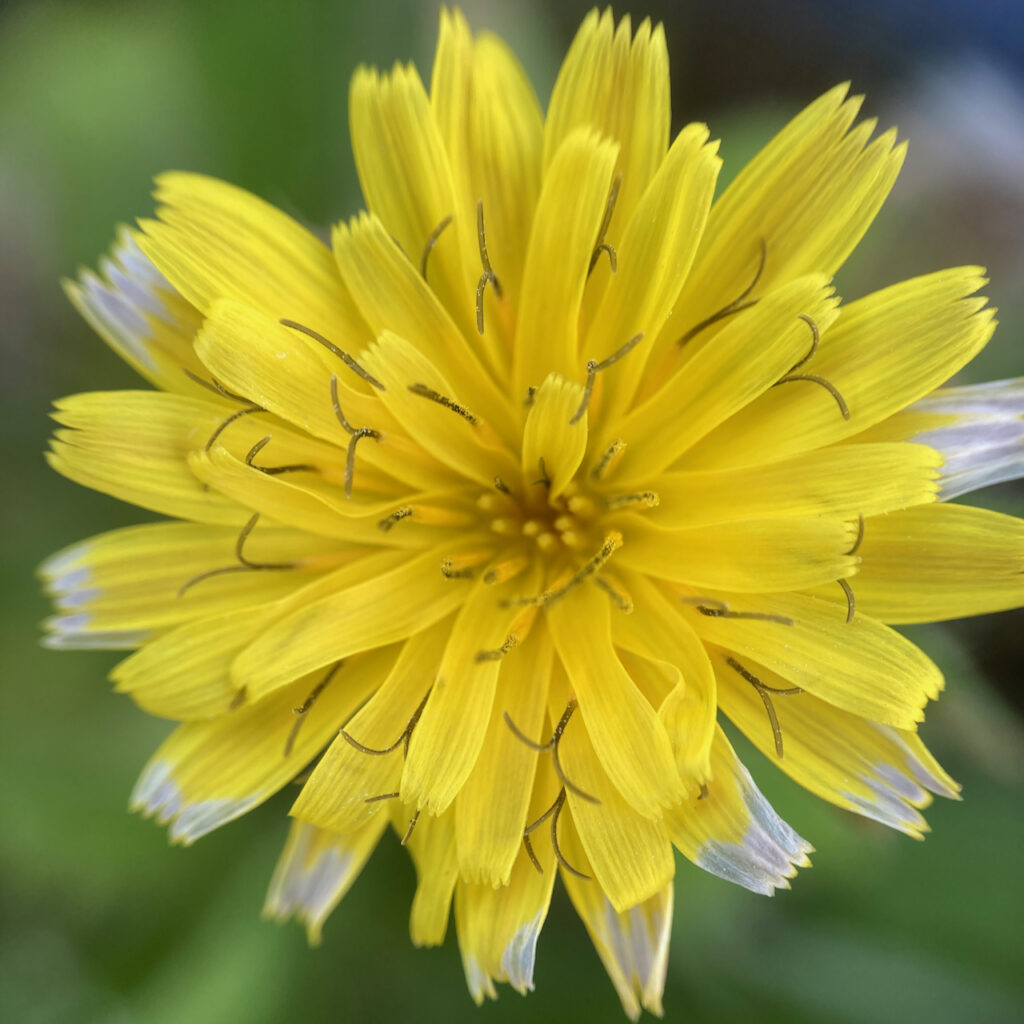Yesterday would have been Pete Seeger’s one hundredth birthday, had he not died in 2014. In preparation for a Pete Seeger sing-along at church tomorrow, I’ve been reading through the songs in his books “The Bells of Rhymney” and “Where Have All the Flowers Gone, listening to some of his recordings, and reflecting on his legacy.
He is often remembered as a songwriter, but as a song writer he was at his best when he collaborated with others. “The Hammer Song,” one of his most notable songs, was co-written with Lee Hays, who recalled that the song was written “in the course of a long executive committee meeting of People’s Songs” during which “Pete and I passed manuscript notes back and forth until I finally nodded at him and agreed that we had the thing down” (quoted in Doris Willens, Lonesome Traveler: The Life of Lee Hays [New York: W. W. Norton, 1988], p. 88) — then several years later, the melody of “The Hammer Song” was modified to its most recognizable version when it was recorded by Peter, Paul, and Mary. “Where Have All the Flowers Gone,” while it was written solely by Seeger, has lyrics which are derived from a Cossack folk song. “The Bells of Rhymney” gets lyrics from a poem by Idris Davies. “Turn, Turn, Turn” takes its lyrics from the Biblical book of Ecclesiastes.
Of the songs which Seeger wrote entirely by himself, both words and music, the best is “Waist Deep in the Big Muddy”; though written about the Vietnam War, the song holds up today (especially if you leave out the sixth verse in which Seeger claims he’s “not going to point any moral,” then does so with a heavy hand). Most of the rest of Seeger’s songs are either forgettable, like “Maple Syrup Time,” a folk music pastorale with sentiments as sickly sweet as the title suggests — or hard to sing, like “Precious Friend” with its awkward rhythm and high notes reachable only by tenors and sopranos.
Seeger was better as an interpreter and transmitter of traditional songs, as well as songs written in a folk style. He was not impressed by the tradition of Western classical music, and instead dedicated himself to the folk tradition, the tradition of “people’s songs.” As he recalled in his memoir Where Have All the Flowers Gone: A Singalong Memoir:
“My violinist mother once said, ‘The three Bs are Bach, Beethoven, and Brahms.’ I retorted, ‘For me, they are ballads, blues, and breakdowns.'” (p. 205)
He loved the folk tradition, and had an encyclopedic knowledge of traditional and traditional-sounding songs — mostly from the Anglo-American and African-American folk song traditions, but he also knew a lot of songs from other traditions. There are many instances where he helped transmit an obscure song into wide popularity. “Wimoweh” is a perfect example of this. In 1948, Alan Lomax gave Seeger a hit record from South Africa titled “Mbube,” written by a Zulu sheepherder named Solomon Linda. Seeger transcribed the music from the recording, misunderstanding the Zulu word “mbube” as “Hey yup boy,” taught it to a newly-formed quartet called The Weavers, and their recording of it hit no 6 on the Hit Parade. Then in 1958, another group, The Tokens, adapted the song further, calling it “The Lion Sleeps Tonight.”
Seeger particularly liked folk songs, or folk-like songs, with a political message. The one solo recording of his that made it onto the charts was his version of his friend Malvina Reynolds’ song “Little Boxes,” a song that protested the conformity of suburbia. Reynolds included the song in her collection of children’s songs, and for me “Little Boxes” is at its best as a silly sing-along kids’ song. Seeger’s interpretation of the song has a harsher bite to it. I suspect Tom Lehrer had Seeger’s interpretation of the song in mind when Lehrer called “Little Boxes” “the most sanctimonious song ever written” (quoted in Christopher Hitchens, “Suburbs of Our Discontent,” The Atlantic, December, 2008). Seeger was an angry man: angry as the way the Hudson River had been polluted and exploited, angry at the way workers and union members were exploited, angry at the way Congressman Joe McCarthy used red-baiting to silence leftists, angry at the maltreatment of African Americans, angry at all kinds of injustice. He sang songs that helped channel his anger into changing the world for the better. Seeger identified with the poor and down-trodden; yet at the same time he never managed to lose his upper-class accent, though he tried to obscure it by pronouncing “-ing” as “-in,” and frequently dropping the first-person singular pronoun.
That combination of affected upper-class accent and an identification with the working class still grates on me, and sometimes makes me want to call Seeger sanctimonious. He was a little too sure of his ethical stands, and a little too quick to condemn others. A perfect example of this is when he quit the Weavers. Lee Hays recalled:
“It came out in the guise of going ahead to do something pure and noble, which had the effect of making the rest of us feel guilty as hell for going on, as if we were doing something wrong…. He just walked out on us, and it was a terrible blow.” (quoted in Doris Willens, Lonesome Traveler: The Life of Lee Hays [New York: W. W. Norton, 1988], p. 182)
Hays went on to acknowledge Seeger’s “fantastic accumulation of songs”; when Hays first met him, Seeger knew more than 300 songs, ready to sing and play. Seeger’s political activism, coupled with his extremely high moral standards, are an important part of his legacy, but his true genius lies in his passion for song.
And crucial to Seeger’s genius was his dedication to getting groups of people to sing. Seeger was moderately good performer (though he abused his voice and don’t imitate his vocal style unless you want to ruin your voice), but his talent was small compared to someone like Leadbelly or Woody Guthrie — but he was a genius as a songleader. Seeger didn’t just sing his songs and get off stage; he wanted you to sing along with him, so the song became a part of you. Listen to his concert recordings, and you will hear how he got people to sing freely and unselfconcisously. I heard him sing at several political rallies and demonstrations during the 1980s, and he was brilliant at energizing the crowd by getting us singing; this was a distinct contrast with other singers who treated those political rallies as performances.
But Seeger’s dedication to getting people to sing for themselves is best exemplified, not in his live performances — which were performances after all — but in his tireless dedication to giving people the tools to sing and play for themselves. His modest 1948 booklet “How To Play the Five-String Banjo” popularized that instrument to an entire generation. He was the guiding genius behind “Sing Out” magazine, a magazine which each month contained a few songs that you could learn to sing and play yourself. And it was his encouragement that got the popular sing-along songbook Rise Up Singing published and popularized.
So I remember Pete Seeger, not as a songwriter or performer, but as someone who urged us all to sing. For that gift, I can forgive him his sanctimoniousness, and I can forgive him all the sublimo-slipshod songs he wrote. He was a genius at getting us to sing. And singing, for Seeger, was a way for us to make the world a better place; to energize us so we could do the work that needs to be done; to nurture and grow a community founded on harmony and love.
Happy hundredth birthday to Pete Seeger.


